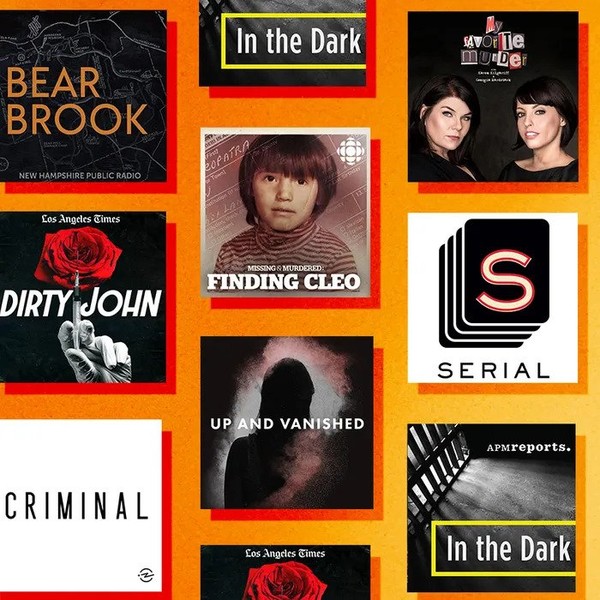True crime as a genre has absolutely blown up in recent years. The obsession that started with podcasts, such as Serial in the mid-2010s, has quickly taken over other forms of media, with true crime videos racking up millions of views on YouTube and hours of true crime documentaries appearing on Netflix and HBO every month. Due to the morbid events that true crime media covers, the genre is often called into question for its morals, criticized for desensitizing its viewers to violence, and monetizing tragedy. But is the whole genre as unethical as it is painted out to be, and what could be done to improve its image?

The genre of true crime — stories that explore real-life crimes, from frauds to murders — in itself is not new. From the dawn of time, humans have been drawn to gruesome stories and spectacles, proved by our long history of public executions, popularity of graphic murder recounts in the earliest newspapers, and universal obsession with high-profile cases. The thing that sets the current true crime renaissance apart is the variety in the types of media and the way the content is delivered. True crime narratives used to be predominantly conveyed in print through books, such as Truman Capote’s iconic In Cold Blood, or news and research articles. However, not everyone is a reader, so knowing detailed information on various crimes remained an obscure hobby of the few for a long time — until the genre was adapted into podcasts. Such podcasts eliminate the need for doing one’s own research and instead serve a condensed version of a story to their listeners while they go about their day. For those who prefer more visual information, YouTube and Netflix become the choice of medium.
In fact, true crime has become more accessible and engaging to an even wider audience since YouTubers started to pick up on the popularity of the genre. Different viewers prefer different narrative styles, so they stick to a certain creator based on that preference. Those who prefer a more serious tone and in-depth information on the cases choose Kendall Rae, while those who would rather listen to an emotional and empathetic recount would probably go with Eleanor Neale. The pioneer and arguably the most popular YouTube creator in this genre, Bailey Sarian, takes on a more laid-back and informal approach, while Bella Fiori chooses to mix lifestyle content with her videos on true crime.
As popular as it is, the genre, along with its creators and community, is also heavily criticized on the internet. The critics believe that true crime creators profit off and sensationalize other people’s traumas and tragedies, while the relationship between the true crime fandom and its subject matter is discomforting. The most criticism is drawn upon the creators that combine true crime with other popular genres on YouTube, such as makeup, mukbang, and ASMR.
While this critique is certainly valid for some individual creators, true crime as a genre carries strong educational value by shedding light on problems that we as a society fail to give proper attention to — up until the day they harm us individually. The stories of real crimes reveal atrocious miscarriages of justice that allow perpetrators to walk free and continue committing more crimes. When followed by millions of listeners, these stories draw attention to the incompetence of law enforcement and hold the criminal justice accountable for its indifference and brutality. Such a wide outreach also provides the much needed exposure to the cases, in particular the ongoing and cold cases. More often than not, creators talk about the lives of victims in detail, thereby humanizing them and advocating for them, giving them proper respect and recognition — something dry news reports usually fail to do.
On an individual level, learning about crimes also teaches about potential dangers and survival tactics. Given that the victims in true crime cases are overwhelmingly female, it is not surprising that the vast majority of true crime communities are also women. These stories speak to our everyday fears and remind us that a lack of vigilance comes at great cost in the violently misogynistic world. Questions like “What have you learned from true crime to better protect yourself?” on true crime subreddit gain hundreds of comments and real-life stories of barely avoided violence from women. Children are another marginalized group that can benefit from the popularity of true crime. True crime stories are cautionary tales of insensitive and cruel parenting, as we barely see any perpetrators of crimes that have had a good childhood.
Overall, it is not inherently wrong to cover stories of real-life crime; however, it is important that this content is done respectfully and after thorough research. I hope that the genre with so much potential and societal value will be able to build a better reputation for itself in the future.

